From golfdigest.com
These nerves are often the culprit in nagging back and leg aches for golfers
This image of poor Jason Day was taken at the 2016 World Golf Championships. Long time ago, but when you think about Day's career, that's how long—if not longer—he has been dealing with back issues. It's 2025, and it's a safe bet Day would say his back has never really felt great in the last decade.
Use that as a cautionary tale for your own lingering back pain. If not addressed in a real way—seeing a orthopaedic doctor, a chiropractor, a physical therapist, a skilled fitness coach, doing stretches, exercising, resting properly, changing activities of daily life, etc.—your back issue/s is likely to stay with you for a long time.
Now comes the good news. Andrew Dulak, a doctor of physical therapy from the University of Pittsburgh and one of Golf Digest's Best Fitness Trainers in America, is going to attempt to put you on a path to better back health in this article. Today's topic is sciatica pain. If you're not sure what that really is, Dulak says it's a compression or irritation of a sciatic nerve. They run from your lower back down through your butt and into each leg (see the graphic, below). Your pain could be felt on either side of the body and, furthermore, is often misdiagnosed, says Dulak.
"True sciatica can cause sharp or shooting pain along the nerve’s pathway, usually starting in the lower back on one side and radiating down the backside of the same side leg," he says. "It can also cause tingling, numbness, or even weakness in the leg or foot. However, when most people talk about sciatica, they’re often describing general lower-back issues with some form of leg pain that doesn’t strictly follow the nerve. Either way, the discomfort can be frustrating and affect the ability to enjoy playing golf."
To truly know if your pain is the result of an inflamed or compressed sciatic nerve, it's common sense to go see an expert. Especially if your issue is chronic and possibility debilitating. However, Dulak offers a roadmap to help you get a better sense if you've found the culprit to your back pain. He also has some exercises to help get you healthy. If you have any questions in terms of sets, reps, technique, it depends on your current fitness level, but you can reach Dulak at dulakphysicaltherapyandgolf.com.
"Sciatica-like symptoms often fall into one of four common movement patterns. Each has a specific cause and responds best to certain exercises," he says.
1. FORWARD-BEND PAIN
"This is often related to a disc issue, like a herniation or bulging disc. In this case, extension-based (bending backward) exercises can help relieve pressure on the nerve."
Exercise 1: Prone Press-Ups (stretching into extension)
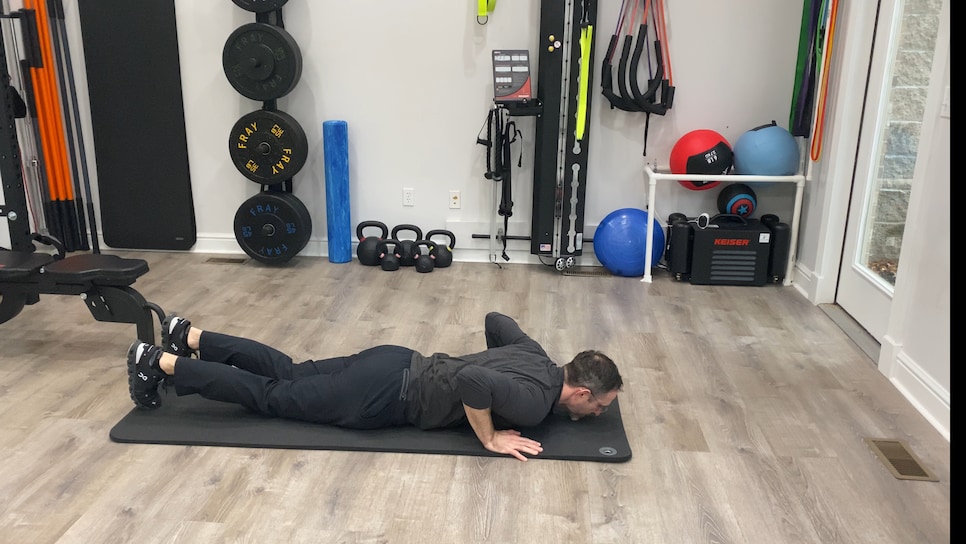
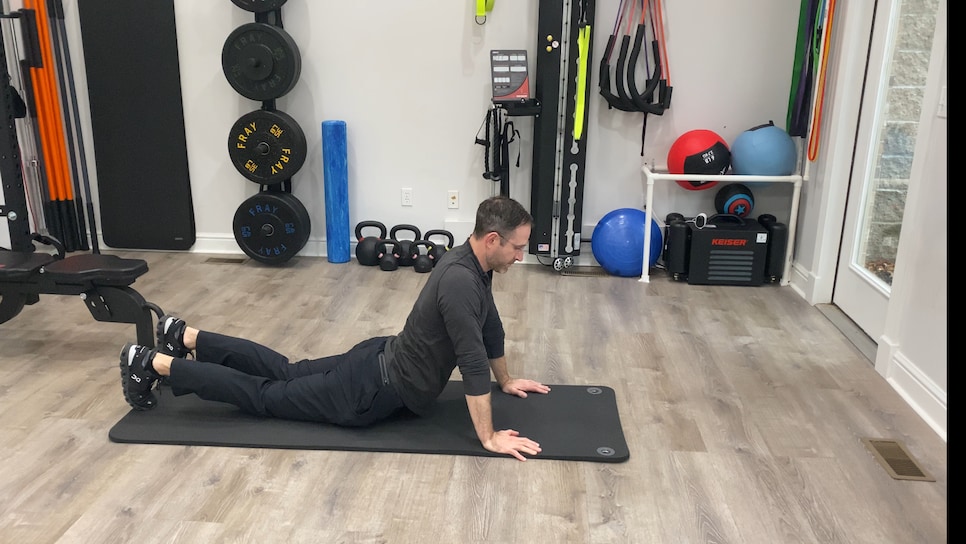
Exercise 2: Prone Alternating Arm and Leg Lifts (strengthening extension)
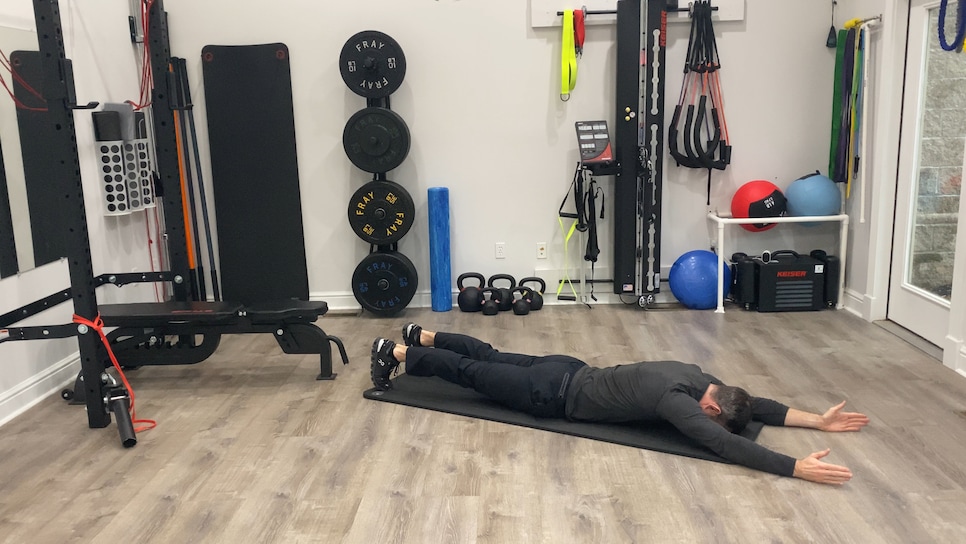
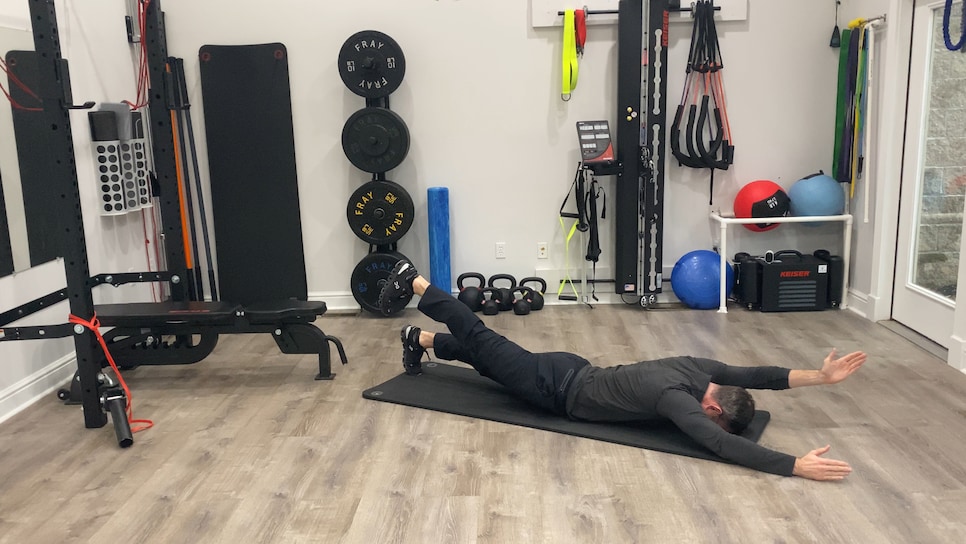
2. BACKWARD-BEND PAIN
"If bending backward worsens the pain but bending forward provides relief, the cause might be degeneration in the lower back, such as arthritis or spinal stenosis. Flexion-based exercises (bending forward) can create space in the spine and ease discomfort."
Exercise 1: Seated Exercise-Ball Bends (stretching into flexion)
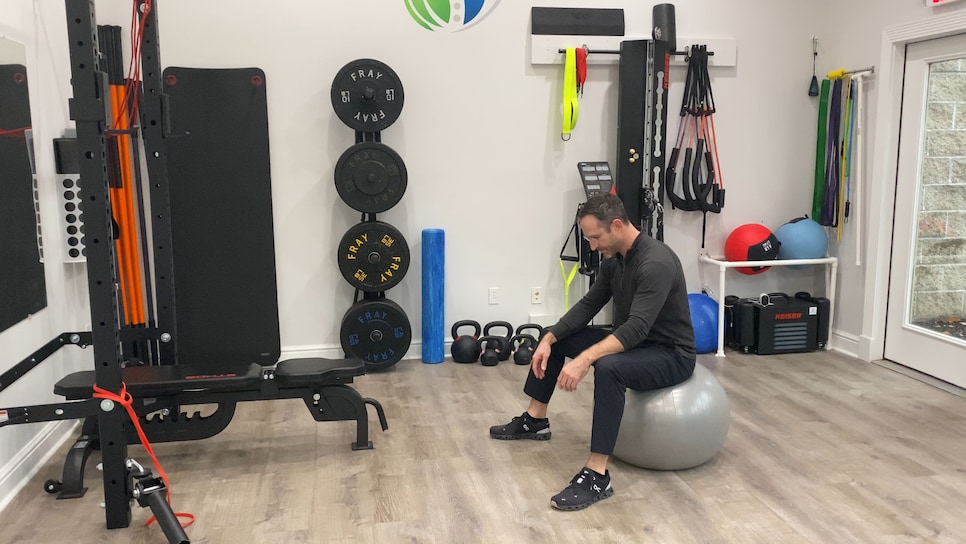
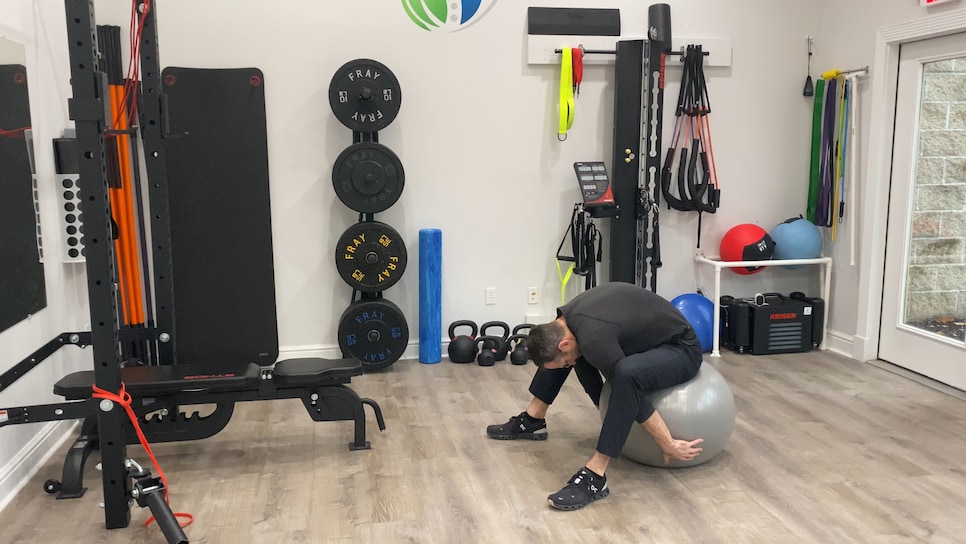
Exercise 2: Banded Pullovers Ball Squeeze Lifts (strengthening flexion)
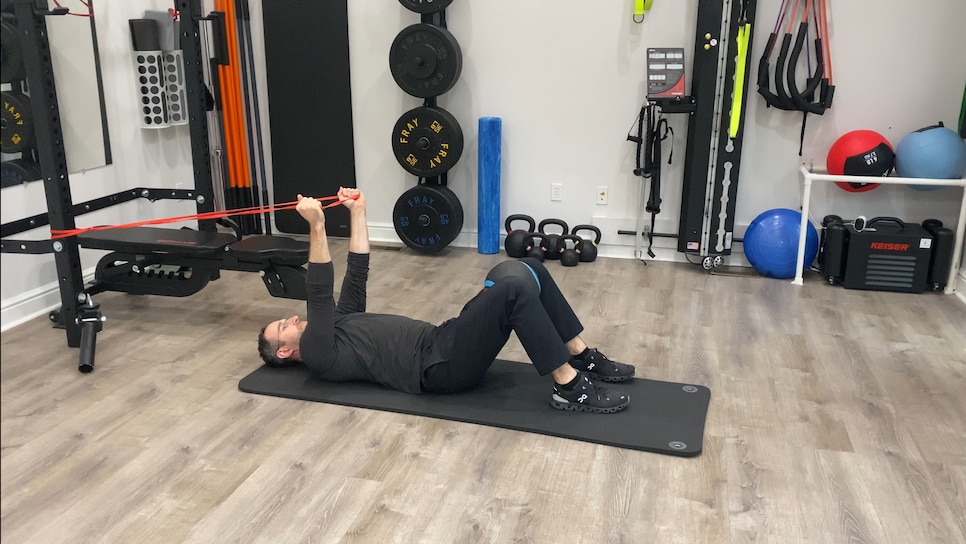
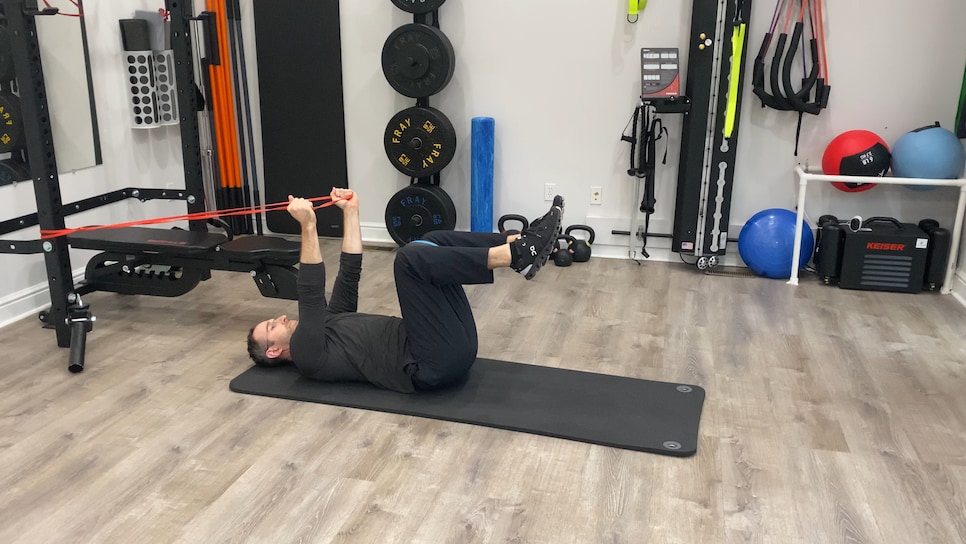
3. PAIN BENDING EITHER WAY
"Sometimes, bending in either direction makes the pain worse, but engaging your core improves symptoms," Dulak says. "This usually points to instability or core weakness, and exercises that strengthen the core can be effective."
Exercise: Golf-Posture Pallof Presses
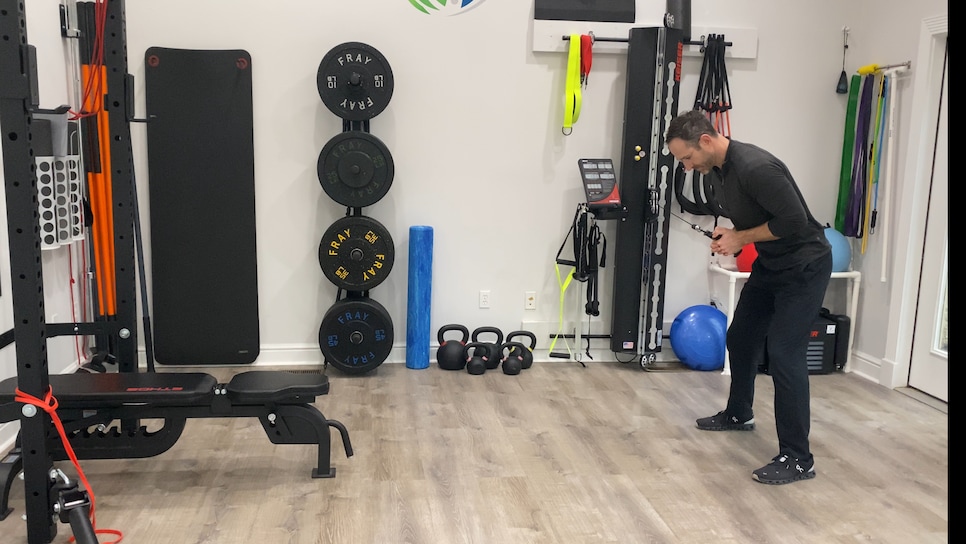

4. CONSTANT PAIN STANDING OR SITTING
"If no movement seems to help, but taking pressure off the spine provides relief such as sitting in a chair and lifting your body off the seat by pushing up through the arms, it might be a combination of disc and degenerative issues. In these cases, distraction or decompression exercises can help."
Exercise: Dead-Arm Hangs
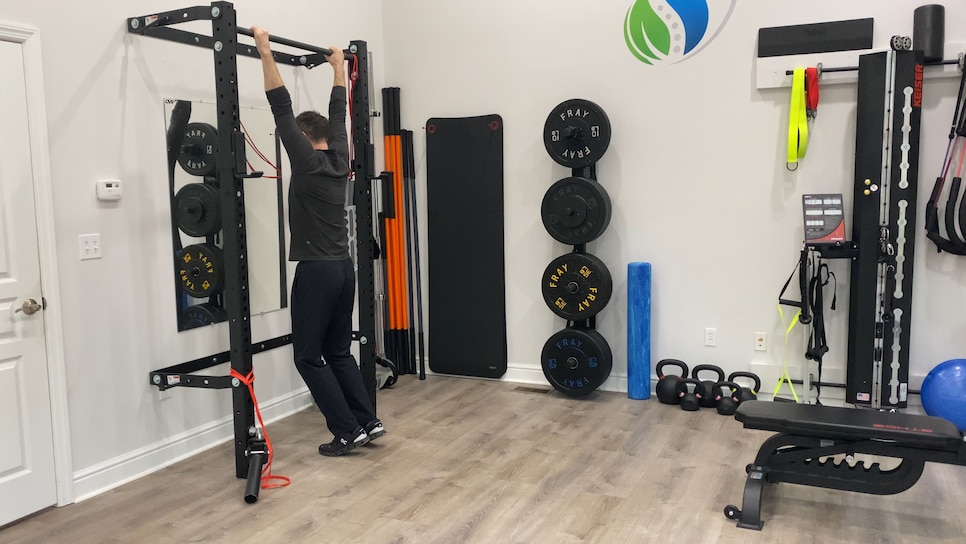
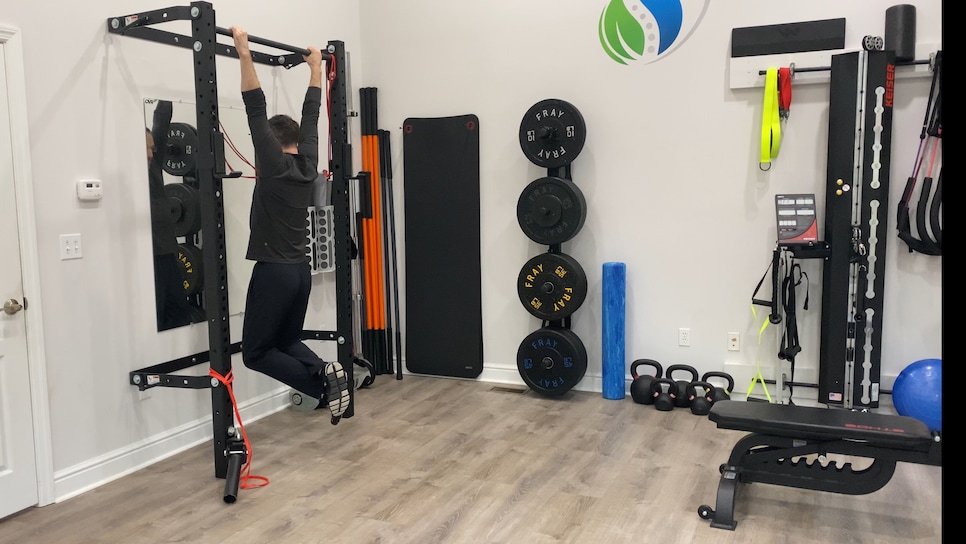
Final Thoughts
"Since we are talking about sciatica and pain radiating down the leg, when the symptoms get worse down the leg, it’s called peripheralization (NOT GOOD!). Get to a doctor as soon as you can. A positive response would be less symptoms in the leg and becoming more specific to the back, which is called centralization (IDEAL!)," Dulak says.
"Also, it's worth noting that swing faults can contribute to physical issues like sciatica. An inefficient swing might place too much stress on your back, exacerbating symptoms. Combining a professional swing analysis with a medical assessment can provide a complete picture of what’s causing your pain and how to address it effectively. For golfers, sciatica or back pain can be a significant barrier to enjoying the game. Understanding what’s causing the symptoms and tailoring exercises accordingly can get golfers feeling better and back on the course sooner!"
In other words, if the exercises aren't helping and you want to play golf this year, get checked by a pro.
https://www.golfdigest.com/story/lower-back-pain-not-going-away--here-are-some-clues-if-it-s-your





